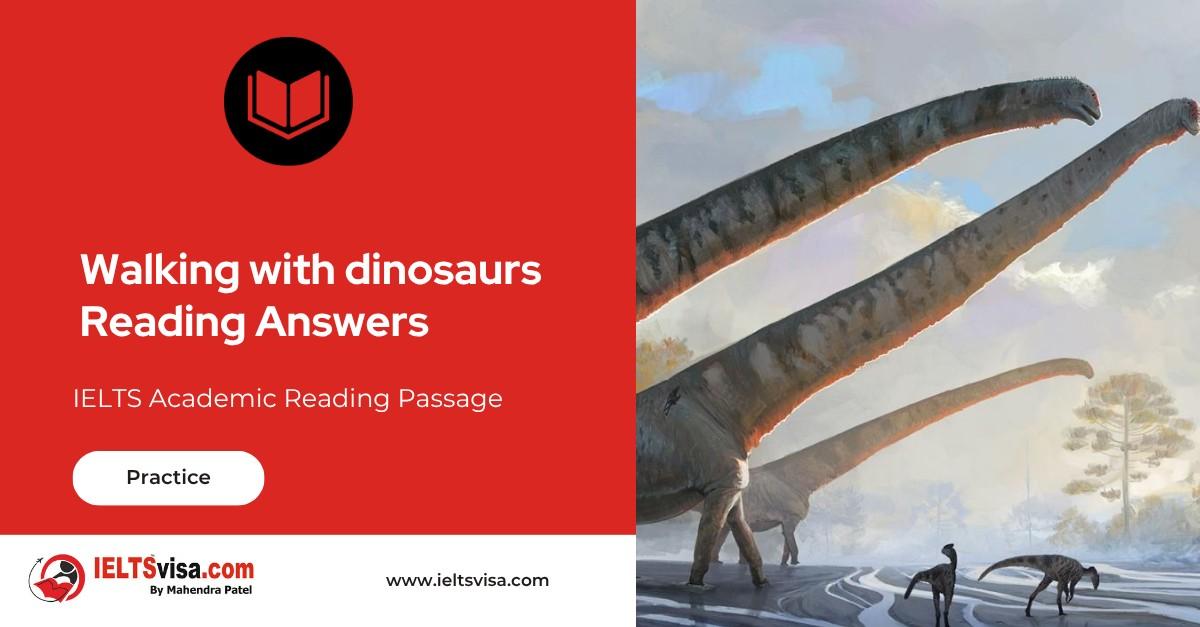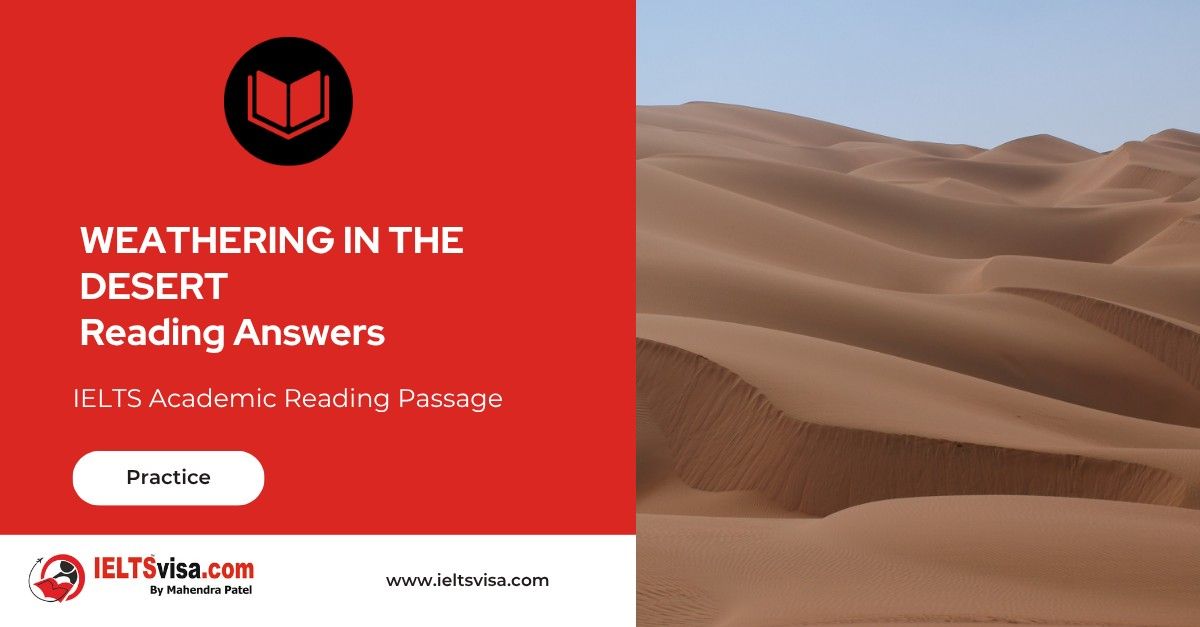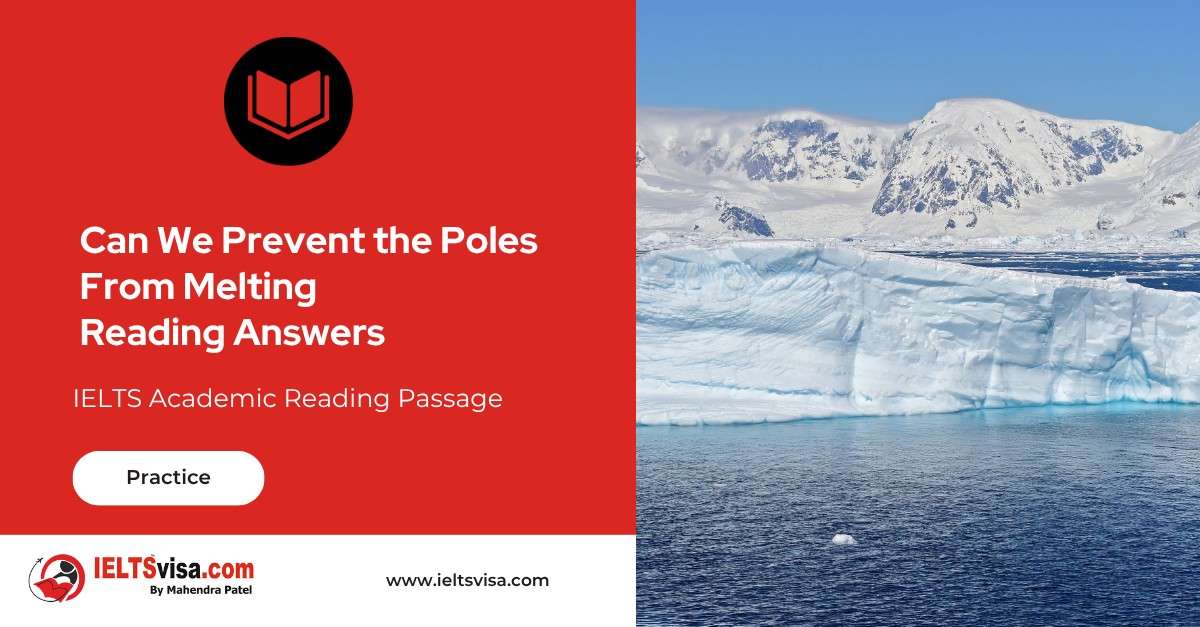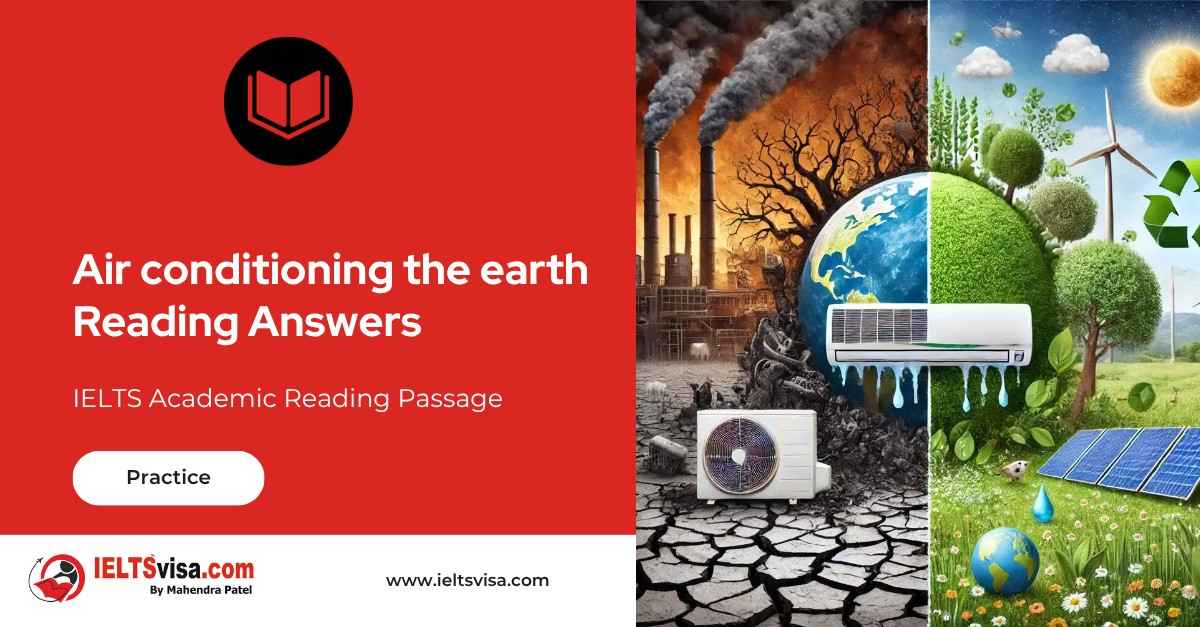Striking Back at Lightning With Lasers Reading Answer
IELTS Academic Reading Passage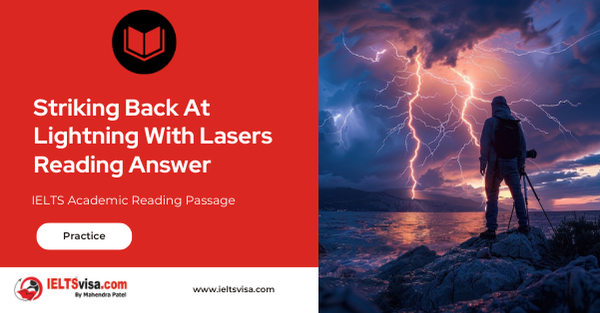
Seldom is the weather more dramatic than when thunderstorms strike. Their electrical fury inflicts death or serious injury on around 500 people each year in the United States alone. As the clouds roll in, a leisurely round of golf can become a terrifying dice with death – out in the open, a lone golfer may be a lightning bolt’s most inviting target. And there is damage to property too. Lightning damage costs American power companies more than $100 million a year.
But researchers in the United States and Japan are planning to hit back. Already in laboratory trials they have tested strategies for neutralising the power of thunderstorms, and this winter they will brave real storms, equipped with an armoury of lasers that they will be pointing towards the heavens to discharge thunderclouds before lightning can strike.
The idea of forcing storm clouds to discharge their lightning on command is not new. In the early 1960s, researchers tried firing rockets trailing wires into thunderclouds to set up an easy discharge path for the huge electric charges that these clouds generate. The technique survives to this day at a test site in Florida run by the University of Florida, with support from the Electrical Power Research Institute (EPRI), based in California. EPRI, which is funded by power companies, is looking at ways to protect the United States’ power grid from lightning strikes. ‘We can cause the lightning to strike where we want it to using rockets,’ says Ralph Bernstein, manager of lightning projects at EPRI. The rocket site is providing precise measurements of lightning voltages and allowing engineers to check how electrical equipment bears up.
Bad behaviour
But while rockets are fine for research, they cannot provide the protection from lightning strikes that everyone is looking for. The rockets cost around $1,200 each, can only be fired at a limited frequency and their failure rate is about 40 per cent. And even when they do trigger lightning, things still do not always go according to plan. ‘Lightning is not perfectly well behaved,’ says Bernstein. ‘Occasionally, it will take a branch and go someplace it wasn’t supposed to go.’
And anyway, who would want to fire streams of rockets in a populated area? ‘What goes up must come down,’ points out Jean-Claude Diels of the University of New Mexico. Diels is leading a project, which is backed by EPRI, to try to use lasers to discharge lightning safely- and safety is a basic requirement since no one wants to put themselves or their expensive equipment at risk. With around $500,000 invested so far, a promising system is just emerging from the laboratory.
The idea began some 20 years ago, when high-powered lasers were revealing their ability to extract electrons out of atoms and create ions. If a laser could generate a line of ionisation in the air all the way up to a storm cloud, this conducting path could be used to guide lightning to Earth, before the electric field becomes strong enough to break down the air in an uncontrollable surge. To stop the laser itself being struck, it would not be pointed straight at the clouds. Instead it would be directed at a mirror, and from there into the sky. The mirror would be protected by placing lightning conductors close by. Ideally, the cloud- zapper (gun) would be cheap enough to be installed around all key power installations, and portable enough to be taken to international sporting events to beam up at brewing storm clouds.
A stumbling block
However, there is still a big stumbling block. The laser is no nifty portable: it’s a monster that takes up a whole room. Diels is trying to cut down the size and says that a laser around the size of a small table is in the offing. He plans to test this more manageable system on live thunderclouds next summer. Bernstein says that Diels’s system is attracting lots of interest from the power companies.
But they have not yet come up with the $5 million that EPRI says will be needed to develop a commercial system, by making the lasers yet smaller and cheaper. I cannot say I have money yet, but I’m working on it,’ says Bernstein. He reckons that the forthcoming field tests will be the turning point – and he’s hoping for good news. Bernstein predicts ‘an avalanche of interest and support’ if all goes well. He expects to see cloud-zappers eventually costing $50,000 to $100,000 each.
Other scientists could also benefit. With a lightning ‘switch’ at their fingertips, materials scientists could find out what happens when mighty currents meet matter. Diels also hopes to see the birth of ‘interactive meteorology’ – not just forecasting the weather but controlling it. ‘If we could discharge clouds, we might affect the weather,’ he says.
And perhaps, says Diels, we’ll be able to confront some other meteorological menaces. ‘We think we could prevent hail by inducing lightning,’ he says. Thunder, the shock wave that comes from a lightning flash, is thought to be the trigger for the torrential rain that is typical of storms. A laser thunder factory could shake the moisture out of clouds, perhaps preventing the formation of the giant hailstones that threaten crops. With luck, as the storm clouds gather this winter, laser-toting researchers could, for the first time, strike back.
Questions 1-3
Choose the correct letter, A, B, C or D.
Write the correct letter in boxes 1-3 on your answer sheet.
1. The main topic discussed in the text is
A the damage caused to US golf courses and golf players by lightning strikes.
B the effect of lightning on power supplies in the US and in Japan.
C a variety of methods used in trying to control lightning strikes.
D a laser technique used in trying to control lightning strikes.
2. According to the text, every year lightning
A does considerable damage to buildings during thunderstorms.
B kills or injures mainly golfers in the United States.
C kills or injures around 500 people throughout the world.
D damages more than 100 American power companies.
3. Researchers at the University of Florida and at the University of New Mexico
A receive funds from the same source.
B are using the same techniques.
C are employed by commercial companies.
D are in opposition to each other.
Questions 4-6
Complete the sentences below.
Choose NO MORE THAN TWO WORDS from the passage for each answer. Write your answers in boxes 4-6 on your answer sheet.
EPRI receives financial support from 4………………… The advantage of the technique being developed by Diels is that it can be used 5…………………The main difficulty associated with using the laser equipment is related to its 6…………………
Questions 7-10
Complete the summary using the list of words, A-I, below.
Write the correct letter, A-I, in boxes 7-10 on your answer sheet.
In this method, a laser is used to create a line of ionisation by removing electrons from 7………………… This laser is then directed at 8.………………..in order to control electrical charges, a method which is less dangerous than using 9…………………As a protection for the lasers, the beams are aimed firstly at 10………………….
|
A cloud-zappers |
B atoms |
C storm clouds |
|
D mirrors |
E technique |
F ions |
|
G rockets |
H conductors |
I thunder |
Questions 11-13
Do the following statements agree with the information given in Reading Passage 1? In boxes 11-13 on your answer sheet write
YES if the statement agrees with the claims of the writer
NO if the statement contradicts the claims of the writer
NOT GIVEN if it is impossible to say what the writer thinks about this
11. Power companies have given Diels enough money to develop his laser.
12. Obtaining money to improve the lasers will depend on tests in real storms.
13. Weather forecasters are intensely interested in Diels’s system.

Solutions For:-Striking Back At Lightning With Lasers Reading Answer
|
1. D |
8. C |
|
2. A |
9. G |
|
3. A |
10. D |
|
4. power companies |
11. NO |
|
5. safely |
12. YES |
|
6. size |
13. NOT GIVEN |
|
7. B |
Review and Practice
- Regularly practice with IELTS reading samples and time yourself to get used to the pressure of the exam.
- Review your mistakes to understand where you went wrong and how to avoid similar errors in the future.
Our Books
Master IELTS Speaking Part 1
IELTS Writing Task 1 Book
IELTS Writing Task 2 Book
Striking Back At Lightning With Lasers Reading Answer Explanation
Comin Soon
Practice IELTS Other Modules
IELTS Listening
The IELTS Listening test assesses how well you can understand spoken English in various contexts. It lasts about 30 minutes and is divided into four sections with a total of 40 questions. The listening tasks become increasingly difficult as the test progresses.
IELTS Academic Reading
The IELTS Academic Reading section assesses your ability to understand and interpret a variety of texts in academic settings. It is designed to evaluate a range of reading skills, including skimming for gist, reading for main ideas, reading for detail, understanding inferences, and recognizing a writer's opinions and arguments.
IELTS Speaking
The IELTS Speaking test assesses your ability to communicate in English on everyday topics. It lasts 11-14 minutes and consists of three parts: introduction, cue card, and a discussion based on the cue card topic.
IELTS General Reading
IELTS General Reading tests your ability to understand and interpret various types of texts. Here are some key areas and types of content you can expect to encounter in the reading section, along with tips for effective preparation.
IELTS Academic Writing Task 1
In IELTS Academic Writing Task 1, you are presented with a visual representation of information, such as graphs, charts, tables, or diagrams, and you are required to summarize, compare, or explain the data in your own words.
IELTS General Writing Task 1
In IELTS General Writing Task 1, you are required to write a letter based on a given situation. The letter can be formal, semi-formal, or informal, depending on the prompt. Here’s a breakdown of the key components to include in your letter
IELTS Academic Writing Task 2
In IELTS Academic Writing Task 2, you are required to write an essay in response to a question or topic. Here’s a guide to help you understand the essential elements of this task
IELTS Exam Tips
To succeed in the IELTS exam, practice regularly, familiarize yourself with the test format, improve your vocabulary, develop time management skills, and take mock tests to build confidence.
Grammer for IELTS
Grammar is the foundation of effective communication in English. Understanding tense usage, subject-verb agreement, and sentence structure enhances clarity and coherence in writing and speaking.
Vocabulary for IELTS
Vocabulary plays a crucial role in the IELTS (International English Language Testing System) exam, especially in the Speaking and Writing sections. Here’s an overview of why vocabulary is important and how it impacts your performance
RECENT IELTS SAMPLES QUESTIONS AND ANSWERS
Walking with dinosaurs
Peter L. Falkingham and his colleagues at Manchester University are developing techniques that...
Money as the Unit of Amount Reading Answers
The most difficult aspect of money to understand is its function as a unit of account. In...
WEATHERING IN THE DESERT
In the deserts, as elsewhere, rocks at the earth's surface are changed by weathering, which...
Nature on Display in American Zoos
The first zoo in the United States opened in Philadelphia in 1874, followed by the Cincinnati...
Can We Prevent the Poles From Melting
Such is our dependence on fossil fuels, and such is the volume of carbon dioxide we have...
Air conditioning the earth reading answers
The circulation of air in the atmosphere is activated by convection, the transference of heat...

